ICP Electronics POS-566 User manual
Other ICP Electronics Computer Hardware manuals
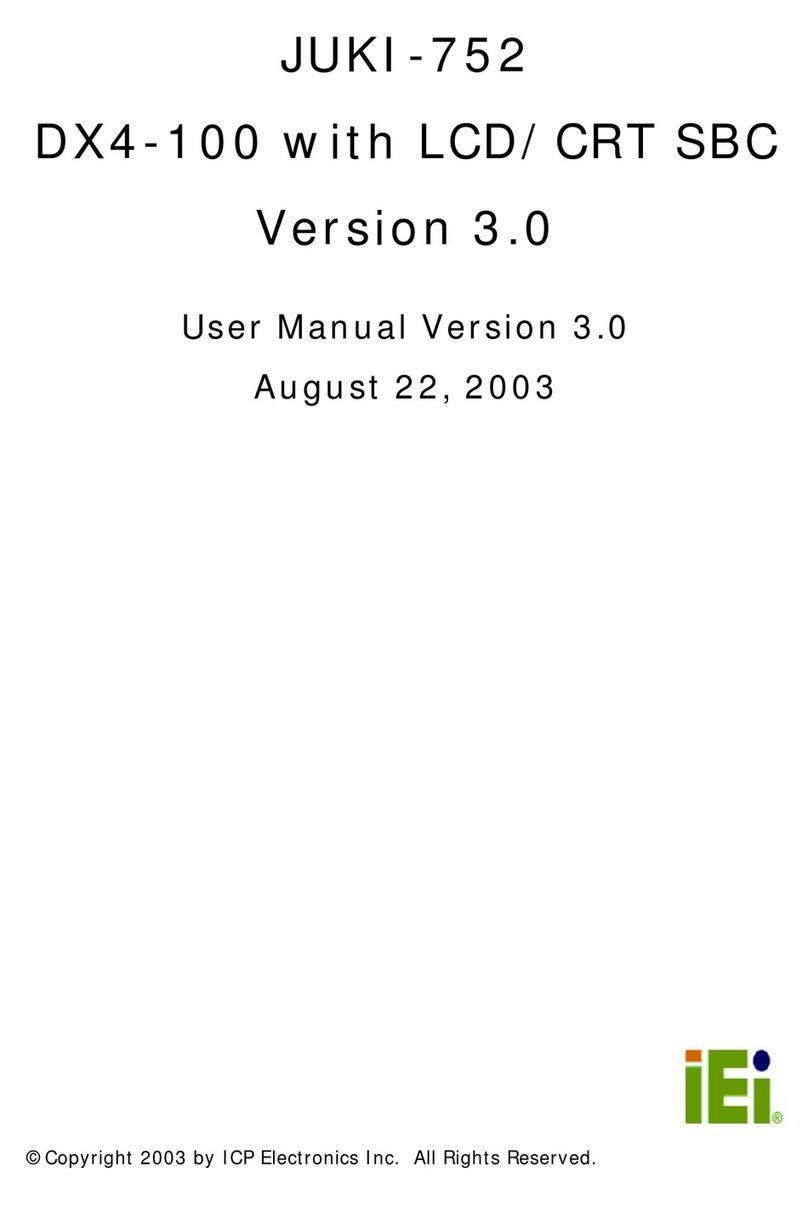
ICP Electronics
ICP Electronics JUKI-752 DX4-100 User manual

ICP Electronics
ICP Electronics PX-14S3 User manual

ICP Electronics
ICP Electronics PCISA-3717EVT User manual
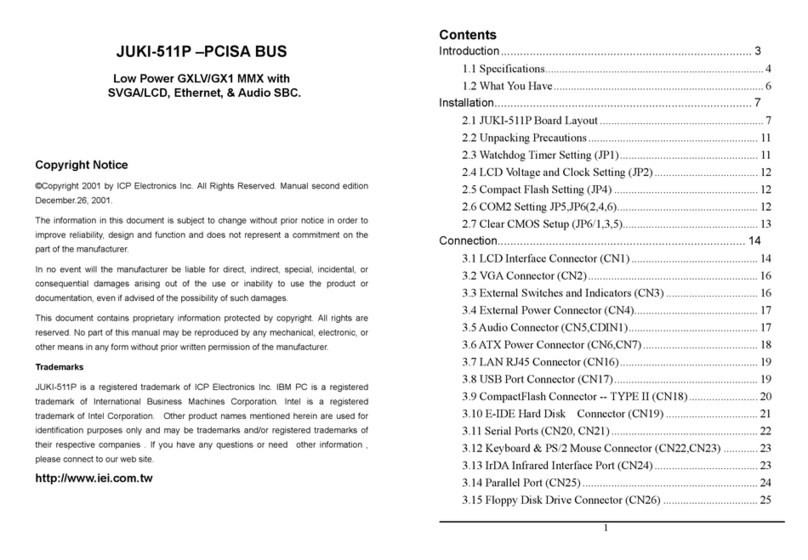
ICP Electronics
ICP Electronics JUKI-511P User manual
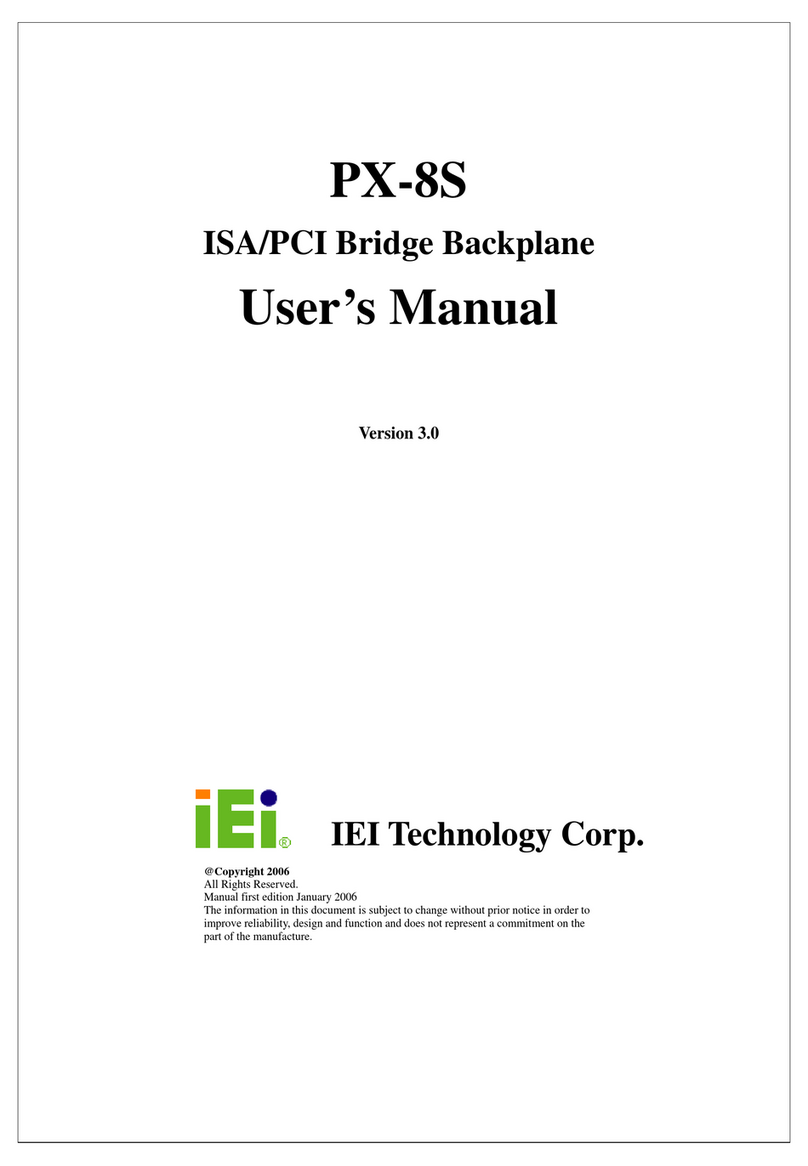
ICP Electronics
ICP Electronics PX-8S User manual
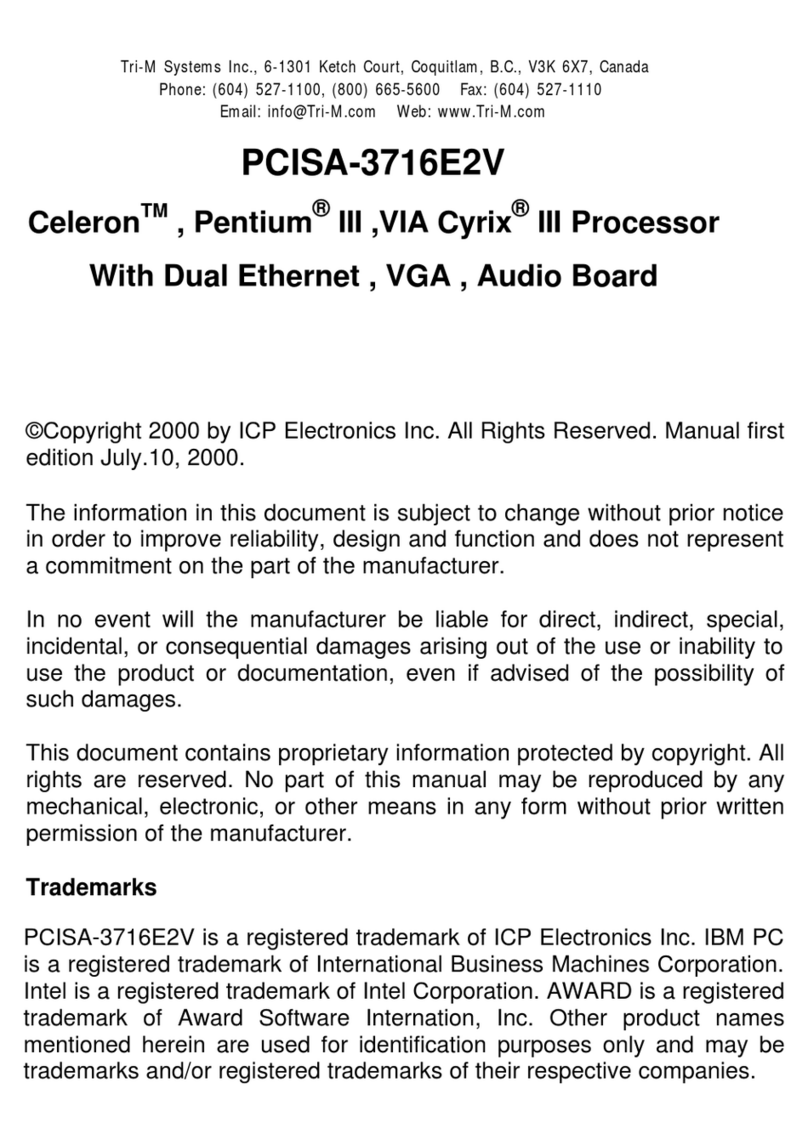
ICP Electronics
ICP Electronics PCISA-3716E2V User manual
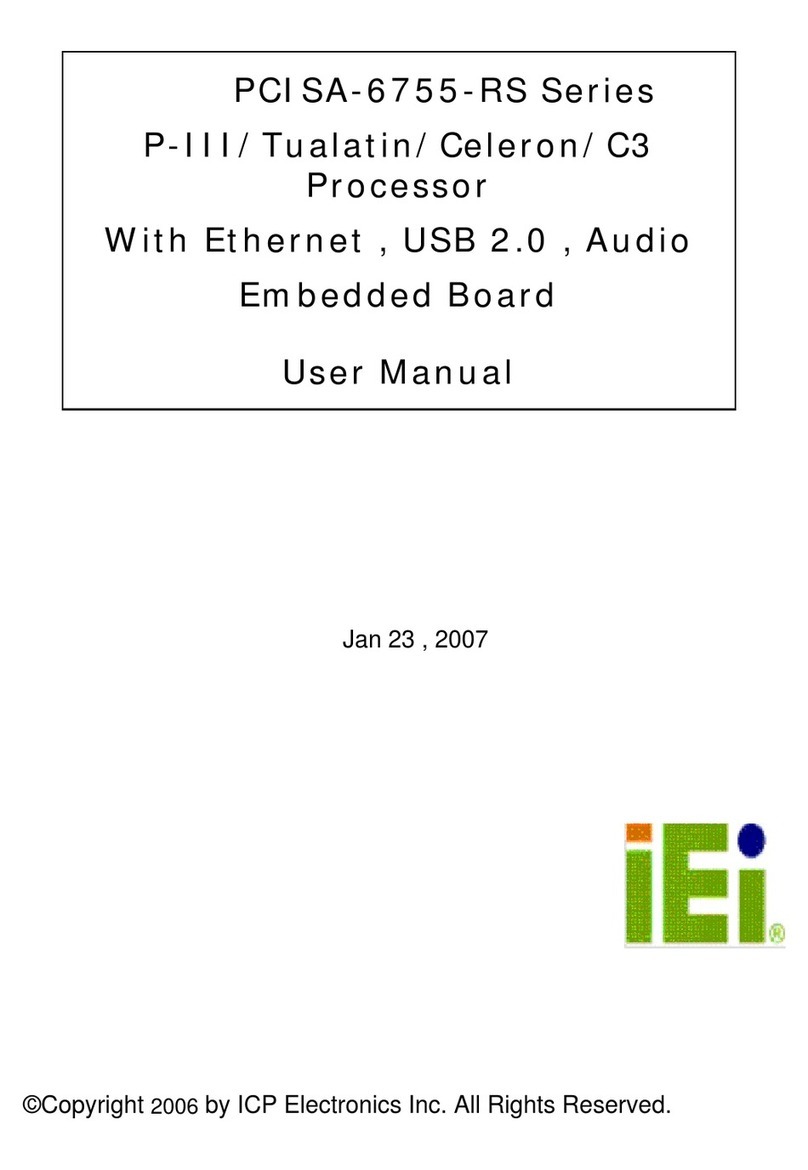
ICP Electronics
ICP Electronics IEI PCISA-6755-RS Series User manual
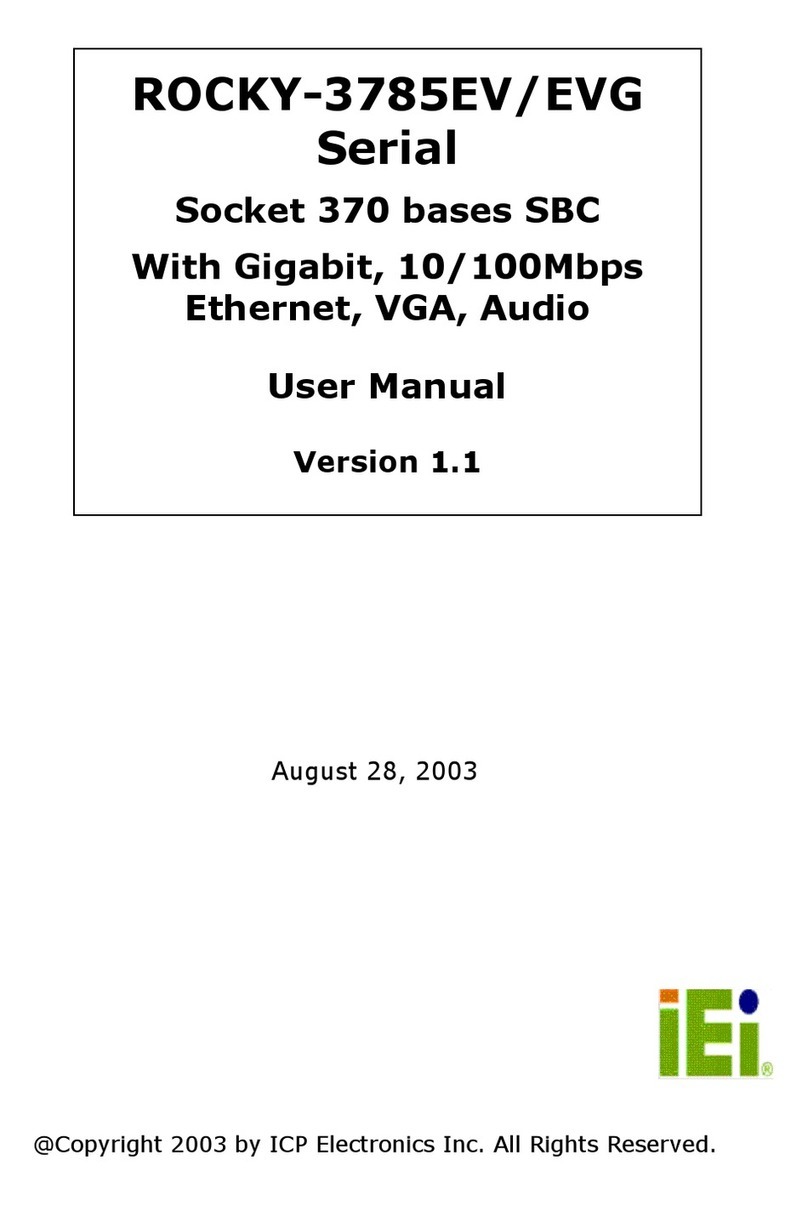
ICP Electronics
ICP Electronics ROCKY-3785EV Serial User manual
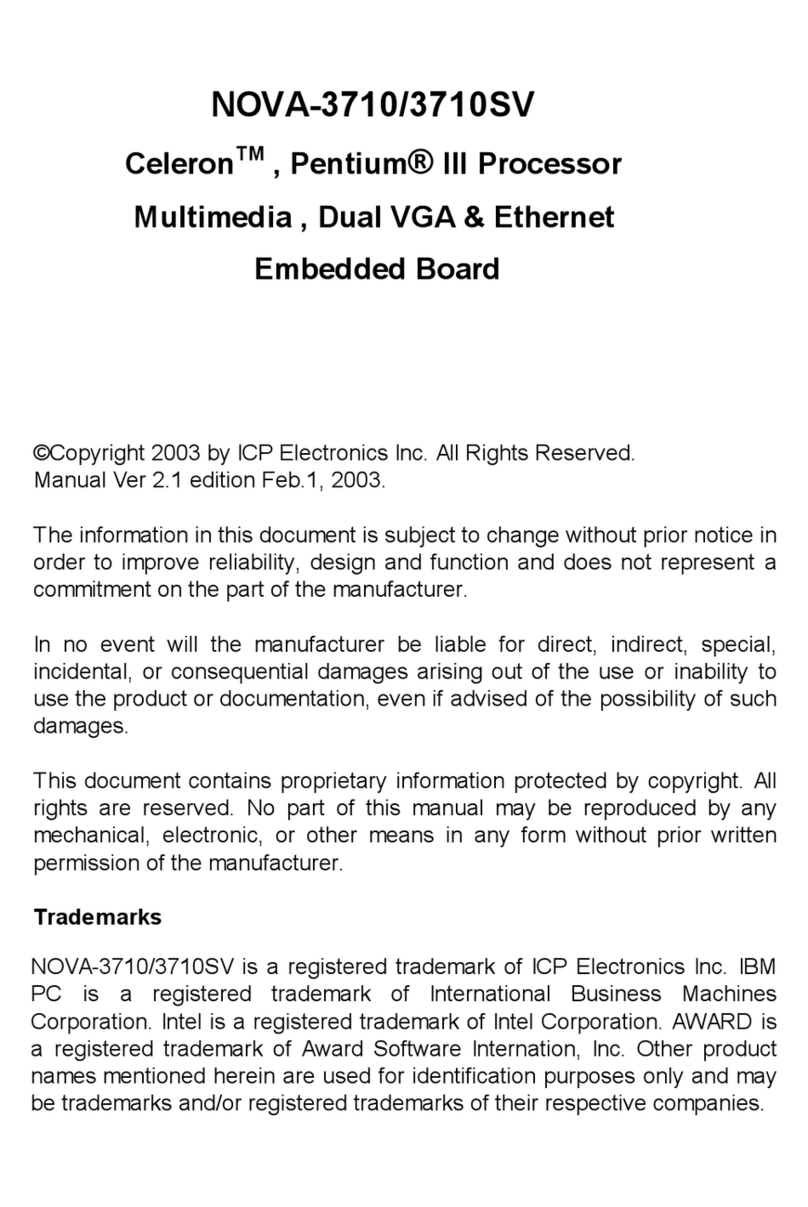
ICP Electronics
ICP Electronics NOVA-3710 User manual

ICP Electronics
ICP Electronics PX-10S User manual
Popular Computer Hardware manuals by other brands

Toshiba
Toshiba TOSVERT VF-MB1/S15 IPE002Z Function manual

Shenzhen
Shenzhen MEITRACK MVT380 user guide

TRENDnet
TRENDnet TEW-601PC - SUPER G MIMO WRLS PC CARD user guide

StarTech.com
StarTech.com CF2IDE18 instruction manual

Texas Instruments
Texas Instruments LMH0318 Programmer's guide

Gateway
Gateway 8510946 user guide

Sierra Wireless
Sierra Wireless Sierra Wireless AirCard 890 quick start guide

Leadtek
Leadtek Killer Xeno Pro Quick installation guide

Star Cooperation
Star Cooperation FlexTiny 3 Series Instructions for use

Hotone
Hotone Ampero user manual

Connect Tech
Connect Tech Xtreme/104-Express user manual

Yealink
Yealink WF50 user guide
















